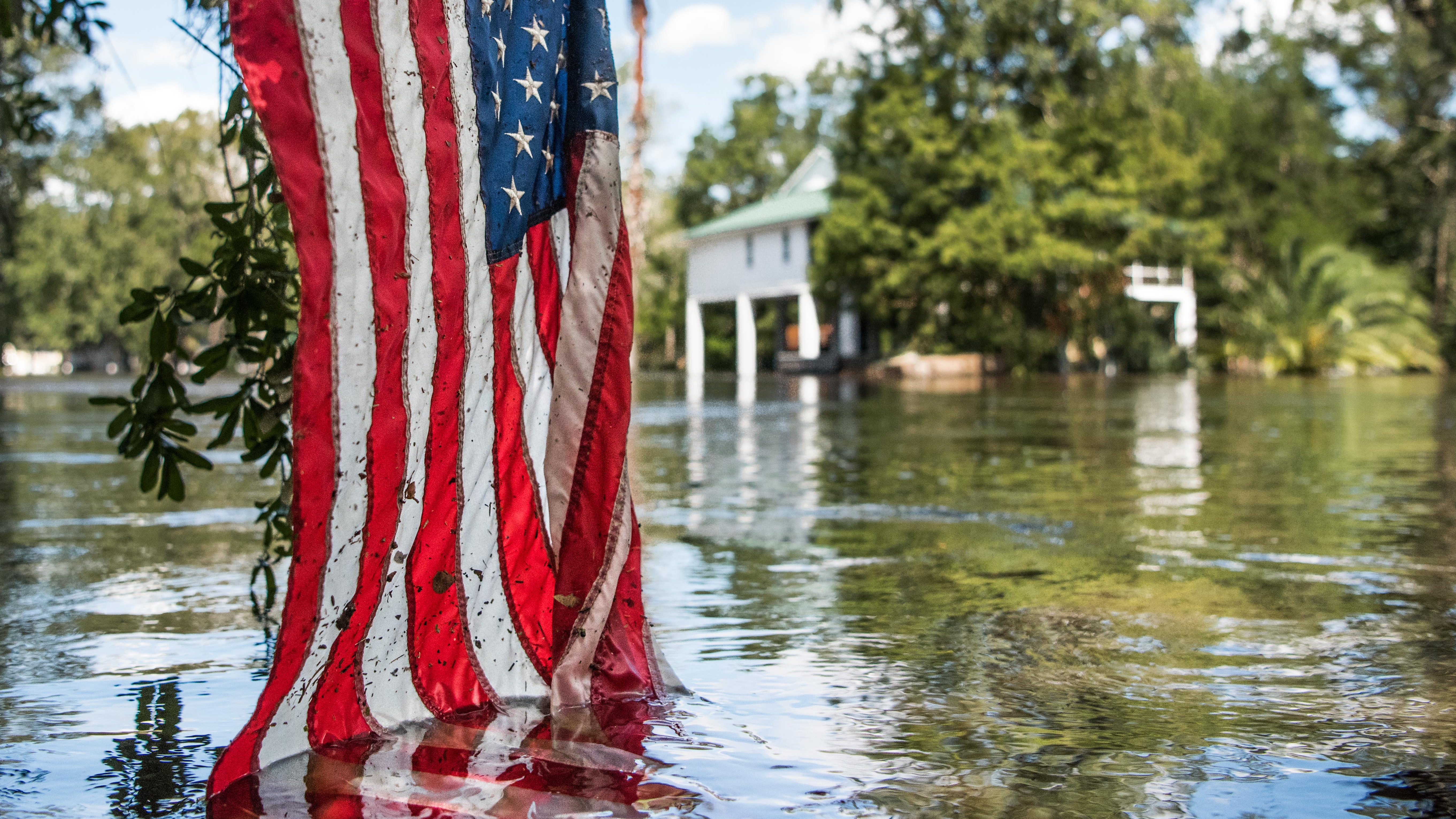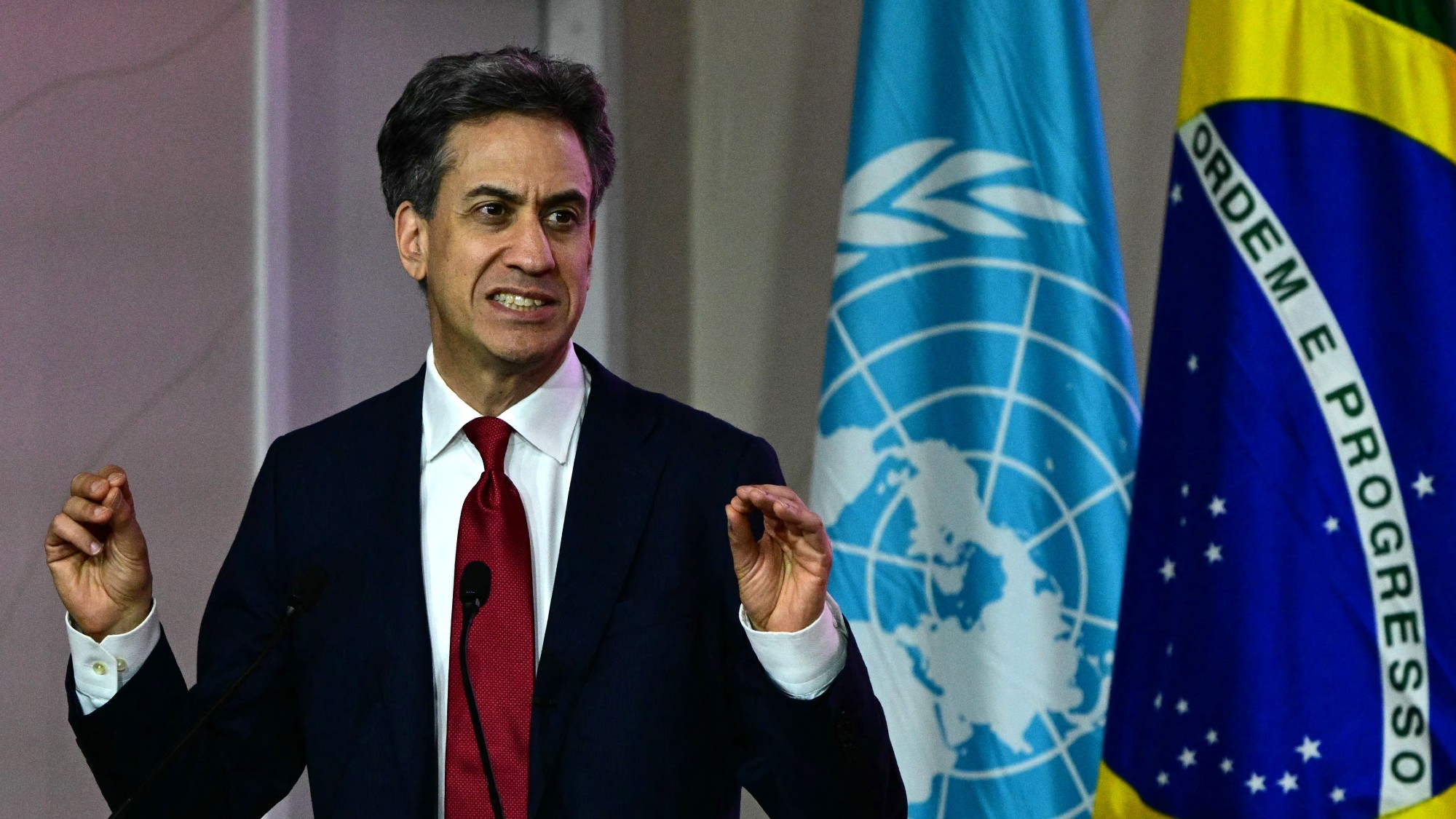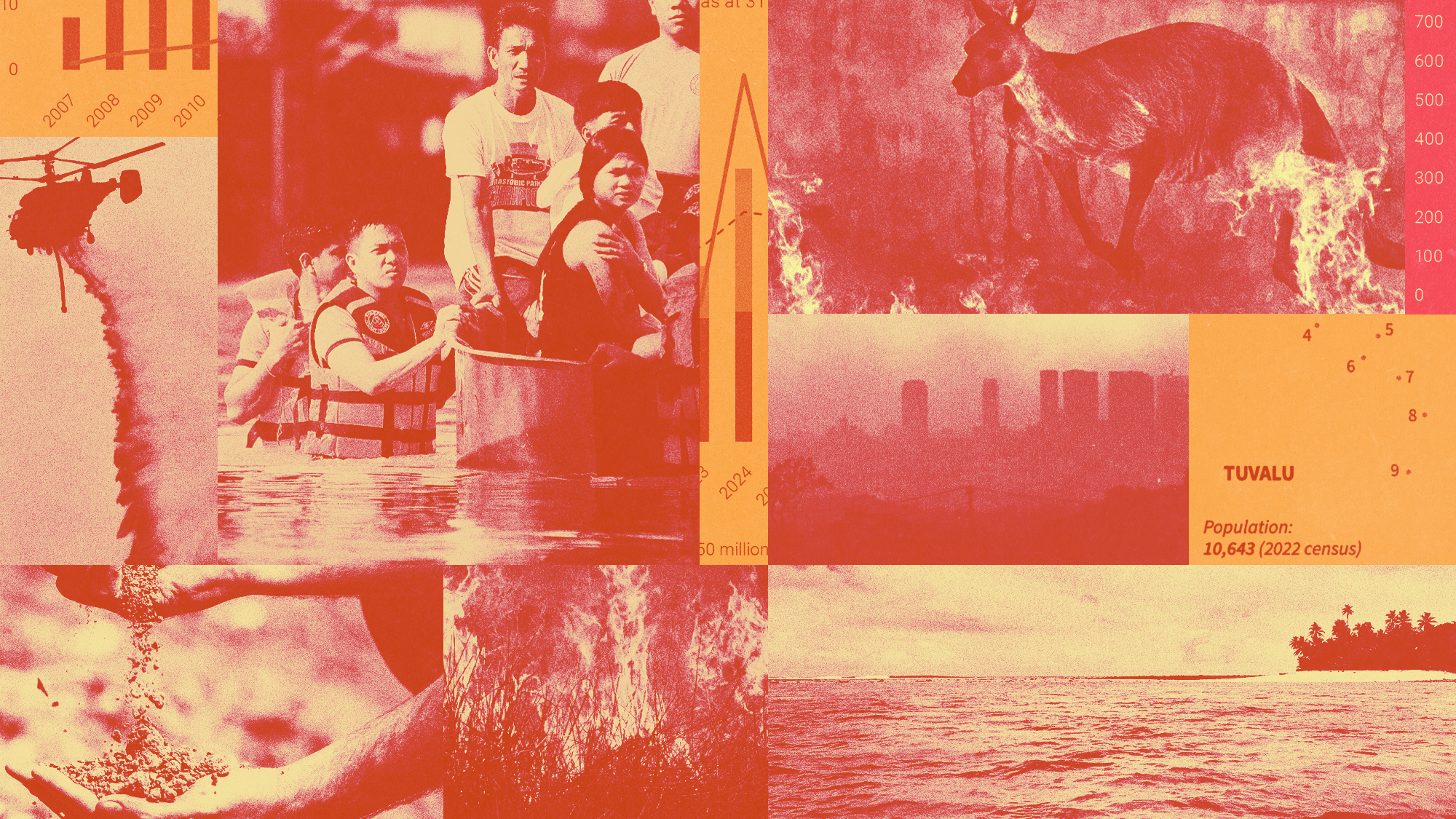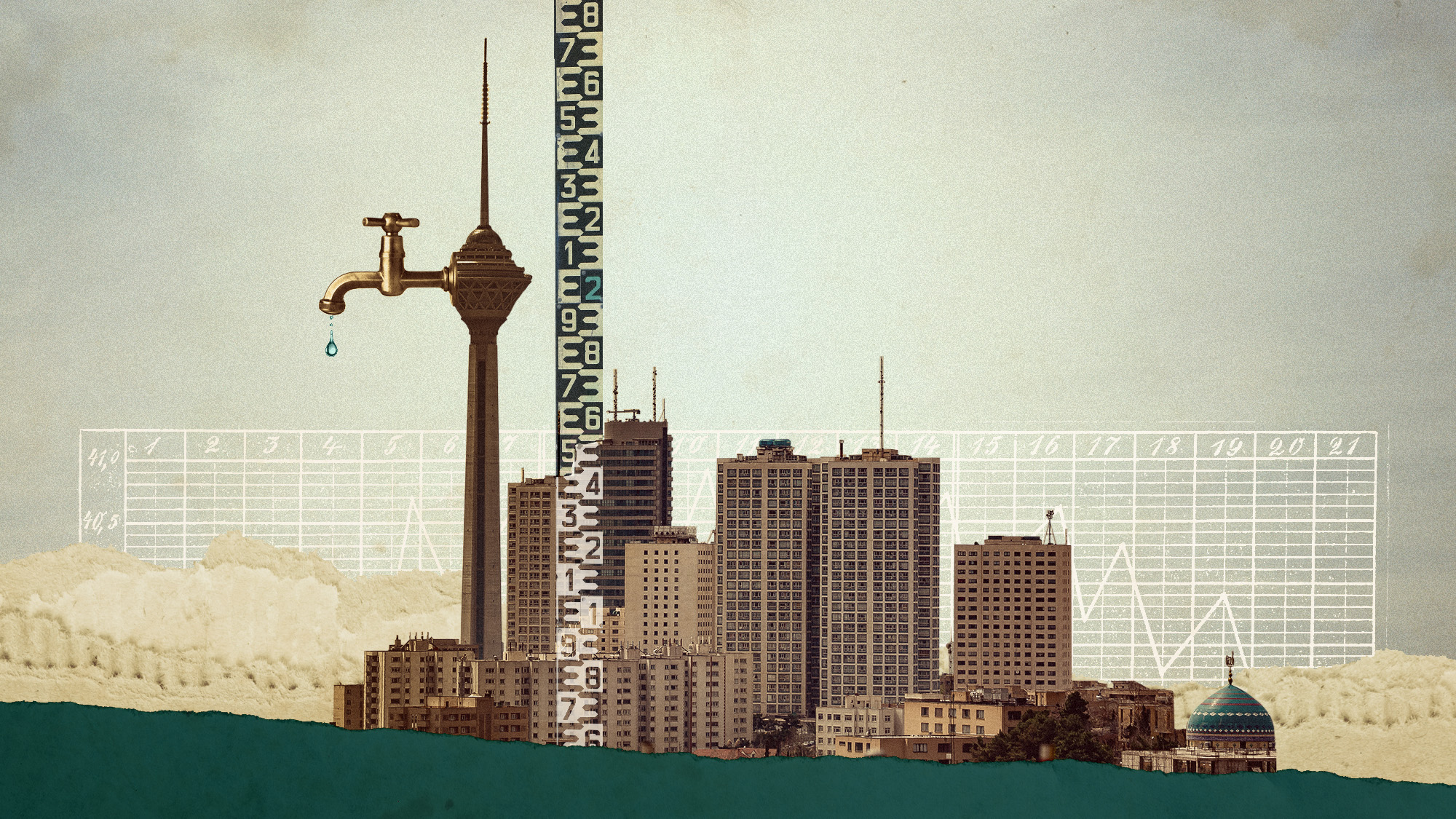‘Wobbling’ Moon will cause worldwide flooding, Nasa warns
Lunar cycles may mean an increase in floods across coastal cities, first-of-its-kind study finds

Coastal cities are facing an increased risk of flooding in the coming decade due to a combination of rising sea levels and the moon’s natural “wobble”, Nasa has warned.
By the middle of the 2030s, experts project a “rapid” rise in “the frequency of high-tide flooding in several parts” of the US, according to a study published in the Nature Climate Change journal by the Nasa Sea Level Change Team at the University of Hawaii.
The flooding will be affected by the Moon’s “wobble”, The Telegraph says, which is caused by a change in its angle relative to the equator.
The Week
Escape your echo chamber. Get the facts behind the news, plus analysis from multiple perspectives.

Sign up for The Week's Free Newsletters
From our morning news briefing to a weekly Good News Newsletter, get the best of The Week delivered directly to your inbox.
From our morning news briefing to a weekly Good News Newsletter, get the best of The Week delivered directly to your inbox.
The shift happens over an 18.6-year period and during “half of the cycle” – the half that will occur in the mid-2030s – tides will be “amplified, meaning high tides get even higher, and low tides get even lower”.
Researchers found that the number of floods could quadruple, causing “a decade of dramatic increases” in natural disasters that will see coastal cities experience “rapidly increasing high-tide floods” that will occur in “clusters” lasting a month or longer.
“We’re going to have sort of a double-whammy,” William Sweet, an oceanographer at the National Oceanic and Atmospheric Administration and an author of the study, told The Washington Post. “It means that coastal communities – unless they adapt and fortify – are likely to expect even greater flooding than they might otherwise.”
Explaining how the “wobble” impacts flooding, Gary Mitchum, another of the report’s authors and associate dean at the University of South Florida’s College of Marine Science, compared it to “a person flapping at water inside of a bathtub”, the paper says.
A free daily email with the biggest news stories of the day – and the best features from TheWeek.com
“The little wave is the tide and the amount of water in the bathtub is sea-level rise,” Mitchum said. “The two are completely unrelated. But the combination of the two means that you’re liable to get sloshing out of your bathtub more often when you have sea-level rise and you have a bigger wave.”
High-tide floods hit “when the tide rises into populated areas”, Sky News explains, as opposed to other types of floods that occur “because of storm surges from extreme weather or excessive precipitation”. The study found that “almost all of US mainland coastlines, as well as Hawaii and Guam, are likely to see high-tide flood numbers surge as they come under pressure from the higher seas”, the broadcaster adds.
According to Nasa, the study is the first to take into account all known oceanic and astronomical causes for floods. Bill Nelson, the head of the space agency, said: “Low-lying areas near sea level are increasingly at risk and suffering due to increased flooding, and it will only get worse.
“The combination of the moon’s gravitational pull, rising sea levels and climate change will continue to exacerbate coastal flooding on our coastlines and across the world,” he added.
“It’s the accumulated effect over time that will have an impact,” added Phil Thompson, an assistant professor at the University of Hawaii and lead author of the new study. If an area floods “10 or 15 times a month, a business can’t keep operating with its parking lot underwater”, he added. “People lose their jobs because they can’t get to work. Seeping cesspools become a public health issue.”
-
 Russia’s ‘weird’ campaign to boost its birth rate
Russia’s ‘weird’ campaign to boost its birth rateUnder the Radar Demographic crisis spurs lawmakers to take increasingly desperate measures
-
 Could smaller cars bring down vehicle prices?
Could smaller cars bring down vehicle prices?Today’s Big Question Trump seems to think so, but experts aren’t so sure
-
 2025’s most notable new albums
2025’s most notable new albumsThe Week Recommends These were some of the finest releases of the past year
-
 Death toll from Southeast Asia storms tops 1,000
Death toll from Southeast Asia storms tops 1,000speed read Catastrophic floods and landslides have struck Sri Lanka, Indonesia, Thailand and Malaysia
-
 Can for-profit geoengineering put a pause on climate change?
Can for-profit geoengineering put a pause on climate change?In the Spotlight Stardust Solutions wants to dim the sun. Scientists are worried.
-
 How will climate change affect the UK?
How will climate change affect the UK?The Explainer Met Office projections show the UK getting substantially warmer and wetter – with more extreme weather events
-
 Can the UK do more on climate change?
Can the UK do more on climate change?Today's Big Question Labour has shown leadership in the face of fraying international consensus, but must show the public their green mission is ‘a net benefit, not a net cost’
-
 Did Cop30 fulfil its promise to Indigenous Brazilians?
Did Cop30 fulfil its promise to Indigenous Brazilians?Today’s Big Question Brazilian president approves 10 new protected territories, following ‘unprecedented’ Indigenous presence at conference, both as delegates and protesters
-
 Can the world adapt to climate change?
Can the world adapt to climate change?Today's Big Question As the world gets hotter, COP30 leaders consider resilience efforts
-
 Taps could run dry in drought-stricken Tehran
Taps could run dry in drought-stricken TehranUnder the Radar President warns that unless rationing eases water crisis, citizens may have to evacuate the capital
-
 The future of the Paris Agreement
The future of the Paris AgreementThe Explainer UN secretary general warns it is ‘inevitable’ the world will overshoot 1.5C target, but there is still time to change course